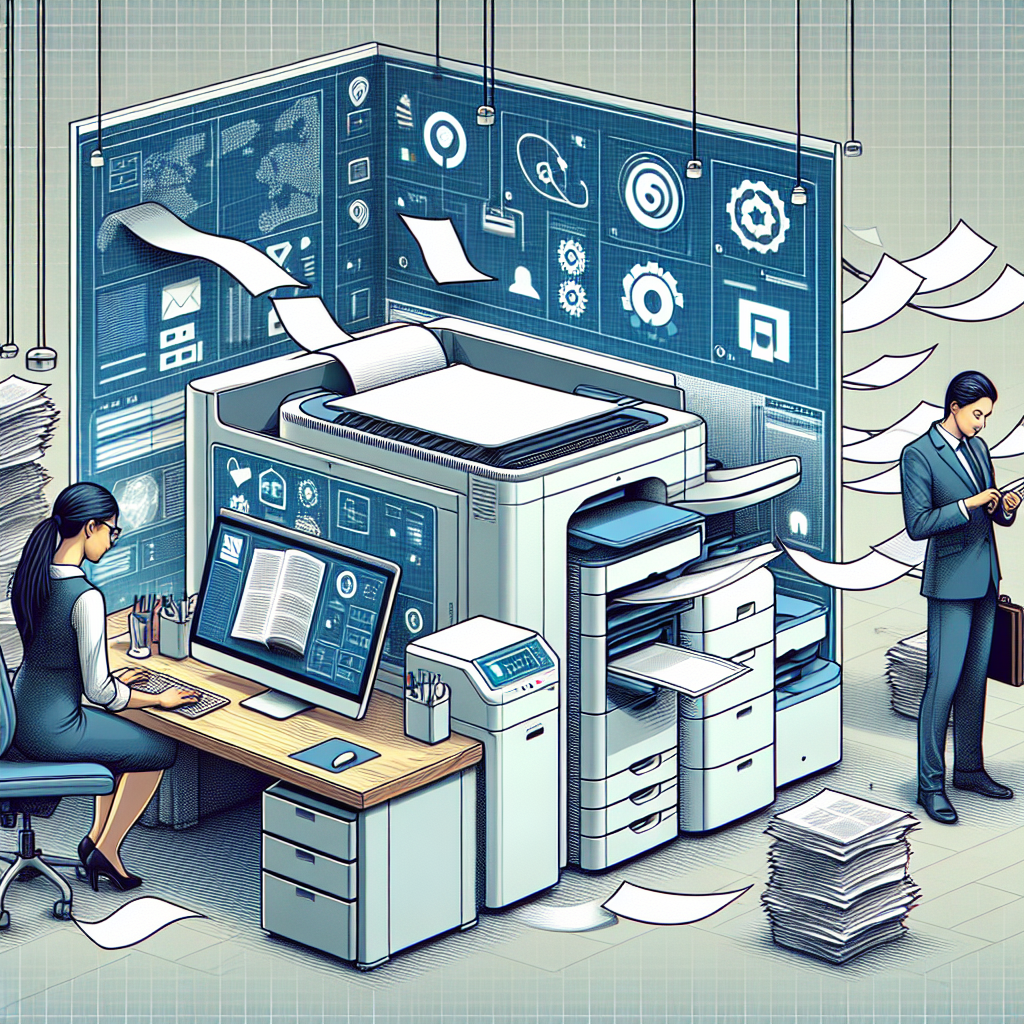Managing print jobs on a print server is crucial for maintaining an efficient and functional printing infrastructure within an organization. Print servers handle print requests and allow for centralized control over all printing tasks, which is essential for businesses of various sizes. In this comprehensive guide, we will explore various strategies, tools, and best practices to manage print jobs on a print server effectively.
Understanding Print Servers
A print server is a dedicated device or software that connects printers to client computers over a network. It allows users to send print jobs to one or several printers, ensuring efficient management and scheduling of printing tasks.
| Element | Description |
|---|---|
| Client Computers | Computers from which print jobs are sent. |
| Print Server | Device or software managing print jobs. |
| Printers | Output devices executing print jobs. |
Setting Up a Print Server
Establishing a print server involves several steps to ensure smooth operation and integration within your network. Below are the essential steps:
1. Select a Suitable Print Server
Choose the appropriate print server hardware or software based on your network’s requirements and the number of devices it needs to handle.
2. Install the Print Server
Follow the installation instructions provided by the manufacturer or software vendor. Ensure that the print server is connected to the network and that all necessary drivers are installed.
3. Configure Print Server Settings
Access the print server’s configuration interface and set up the necessary parameters, such as IP address, printer drivers, and shared printing settings.
Managing Print Jobs
Once the print server is set up, managing print jobs efficiently is crucial. Below are the key aspects of managing print jobs:
1. Monitoring Print Jobs
Regularly monitor the print queue to ensure that jobs are being processed correctly. Most print servers provide a print management console that allows you to view and manage the print queue in real time.
2. Prioritizing Print Jobs
Assign priorities to different print jobs, ensuring that critical tasks are handled before routine print jobs. This helps in managing workloads effectively.
3. Managing Print Job Errors
Identify and troubleshoot common print job errors such as paper jams, toner low messages, or driver incompatibilities. Ensure that there is a clear protocol for resolving these issues to minimize downtime.
4. Canceling or Pausing Print Jobs
Provide administrative capabilities for canceling or pausing print jobs when necessary. This is particularly useful in scenarios where immediate intervention is needed, such as misprints or stalled jobs.
Best Practices for Print Server Management
Implementing best practices can optimize print server performance and ensure long-term reliability. Here are some recommendations:
1. Regular Maintenance
Schedule regular maintenance checks to keep the print server and printers in optimal condition. This includes updating drivers, cleaning printer hardware, and checking for firmware updates.
2. Secure Your Print Server
Ensure that the print server is secure from unauthorized access. Implement robust network security protocols, including firewalls and encryption, to protect sensitive information.
3. User Training
Provide adequate training to users on how to send print jobs and troubleshoot basic printing issues. This can lead to fewer support requests and smoother operations.
Troubleshooting Common Print Server Issues
Even with the best management practices, issues can arise. Here are some common problems and their solutions:
1. Printer Not Found
If the printer is not found, check the network connections, ensure that the printer is powered on, and confirm that the correct drivers are installed.
2. Print Jobs Stuck in Queue
This can be due to a stalled job or a hardware issue. Cancel the stuck job and restart the print spooler service if necessary.
3. Slow Printing Speed
Slow printing can be caused by network congestion, low memory on the print server, or large print jobs. Optimize network settings and consider upgrading hardware if consistently slow performance is observed.
Conclusion
Managing print jobs on a print server effectively requires understanding the infrastructure, consistent monitoring, and following best practices. With proper setup and management, businesses can ensure smooth and efficient printing operations, minimizing downtime and maximizing productivity. Use this guide to enhance your print server management and overcome common challenges associated with print job handling.
